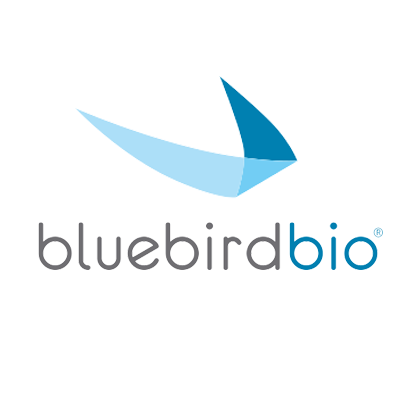Article
Bluebird Bio Suspends Trials Evaluating LentiGlobin Gene Therapy for Sickle Cell
The suspension is due to recently reported diagnoses of AML and myelodysplastic syndrome in 2 treated patients.

Bluebird Bio has announced it is temporarily suspending its Phase 1/2 and Phase 3 studies of LentiGlobin gene therapy for sickle cell disease because of reported Suspected Unexpected Serious Adverse Reactions (SUSARs).
This suspension comes in the wake of a recent diagnosis of AML in a patient from Cohort A of the Phase 1/2 study. This patients was treated with the therapy more than 5 years ago.
The company is launching an investigation into the disease’s cause to determine whether it was related to use of the BB305 lentiviral vector that makes up the gene therapy.
In addition to AML, a diagnosis of myelodysplastic syndrome (MDS) was reported last week in a patient from Cohort C of the Phase 1/2 study. This cause is also being investigated.
“The safety of every patient who has participated in our studies or is treated with our gene therapies is the utmost priority for us,” said Nick Leschly, chief executive officer of Bluebird, in a statement.
“We are committed to fully assessing these cases in partnership with the healthcare providers supporting our clinical studies and appropriate regulatory agencies. Our thoughts are with these patients and their families during this time,” he continued.
Blubird also noted that they will further suspend marketing of betibeglogene autotemcel for transfusion-dependent β-thalassemia (ZYNTELGO) since it is manfactured with the same BB305 lentiviral vector.
However, no cases of hematologic malignancy have been reported in any patient.
Results from Phase 1/2 HGB-206 Study
The company recently presented data from Group C of its Phase 1/2 study at the 2021 Transplantation & Cellular Therapy Meetings Digital Experience.
Patients (n = 40), aged ≥12-≤50 years of age, initiated cell collection and underwent a median of 2 mobilization cycles. Furthermore, 25 were treated with LentiGlobin.
The investigators reported near pancellular βA-T87Q expression, reduced HbS and hemolysis, and increased total hemoglobin in nearly all patients
Furthermore, in 14 patients with ≥6 months of follow-up and history of vaso-occlusive crisis or ACS, there was a significant reduction of such incidences—save for 1 non-serious Grade 2 vaso-occlusive crisis, which occurred about 3.5 months after treatment.
Stomatitis occurred in 15 patients and febrile neutropenia in 11 patients—both of which were considered the most common non-hematologic ≥ Grade 3 adverse events following treatment.
The serious adverse events that occurred in ≥2 patients post-treatment were nausea, opioid withdrawal syndrome, and vomiting (n = 2 in all).
No events of graft failure, vector-mediated replication-competent lentivirus, or clonal dominance had been observed.
Data presented at the American Society of Hematology (ASH) 2020 Conference also indicatesd that most patients in Group C experienced improvements in health-related quality of life measures, such as the PRO Measurement Information System (PROMIS)-57.


